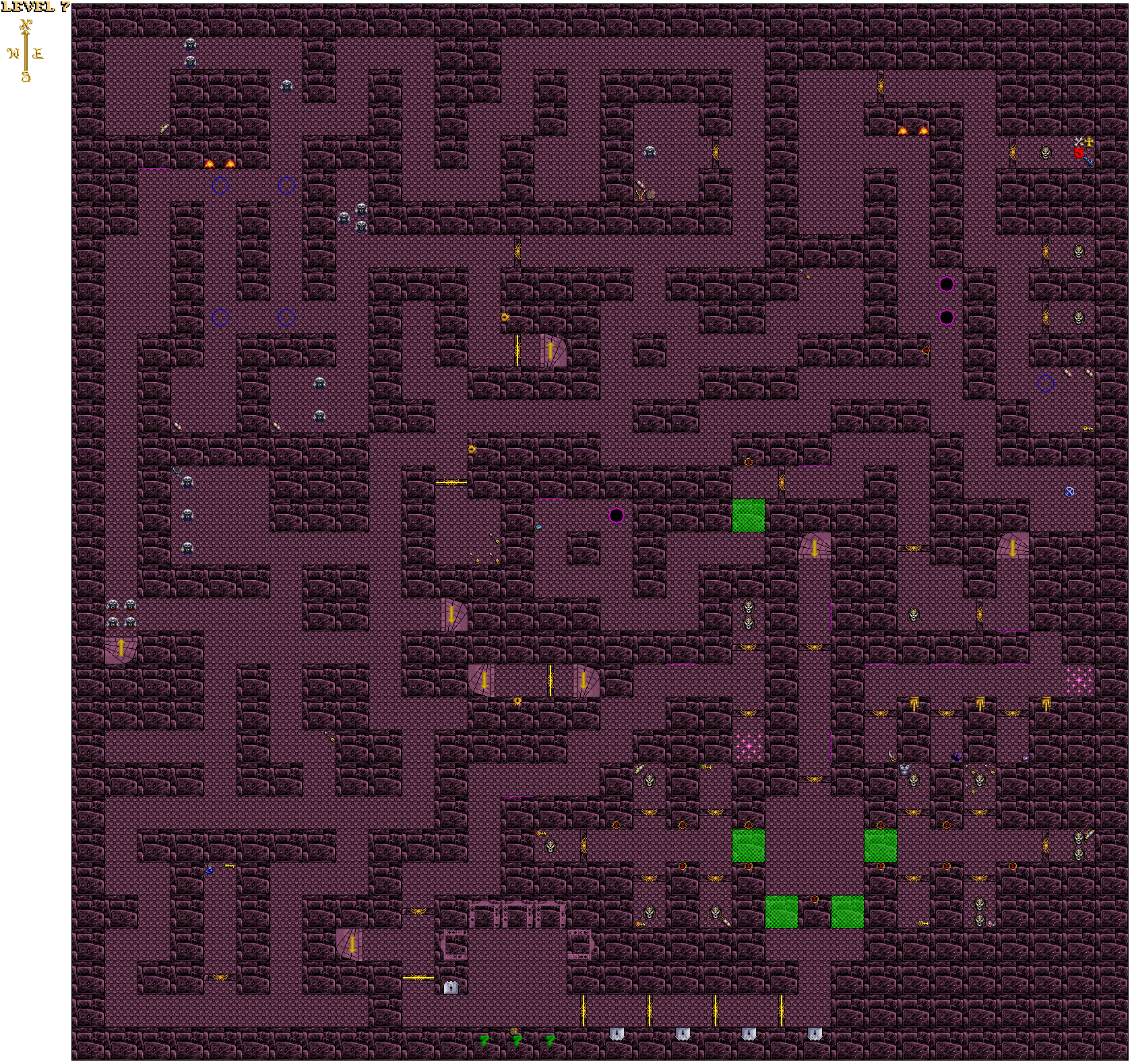

Even though it was just a game, it felt good to see those characters die. They lost everything that character did, collected but also every bit of character development that character got.īut the worst part was that I took some weird pleasure out of it. This may not seem like much but the death of a character was pretty rare and a hard blow to a player. In the end two characters died and the players had to make new ones. Why did I put so many monsters in, I should have known they couldn’t take them. When I looked down at what I had done, I didn’t understand it myself either. I apologized, saying that I didn’t think that it would be so hard. “What the hell man, why are you putting so many of these stupid monsters in?!” They berated me.


The next session, people started to get a bit irritated complaining that the dungeons were getting a little hard and that the monsters seemed crueler than usual. They told me how I should write them, what I should make them do to the characters. After a while, I was picturing the monsters talking to me, telling me what to do. I got obsessed with writing adventures and portraying the monsters accurate. Flipping through book after book, searching the internet for creatures to use. All day I would think about what monsters I was going to use. Oh how I loved looking at my books filled with creepy, dangerous and deceiving monsters. I loved being in charge of writing adventures and stories, coming up with plot twists and of course, playing the monsters. Soon after I had gathered a group of friends and we started playing. So I read up on the rules and started coming up with ideas. I was so ecstatic, finally I would be able to play D&D. It contained a simplified version of the D&D spin-off game Pathfinder. So one day I’m shopping with my dad, and we find this store that sells D&D stuff, so I buy a Pathfinder starter set. After hearing some stories about it on youtube and being into videogames already, I was really eager to play it. One of the first questions roleplayers inevitably ask of each other is where did you start in the hobby and why? What drew you to the hobby? What caught your eye? These questions are purely subjective, but I’m willing to bet art played a large part even if it is not acknowledged.I always wanted to play D&D, you know, dungeons and dragons, the roleplaying game with all the dice. Art is pivotal to visually expressing oneself, beginning with simple cave paintings depicting daily life to a commercially driven marketing tool. It is most effective when it connects with the viewer and elicits an emotional response-for commercial art, a sale. Eye of the Beholder: The Art of Dungeons and Dragons documentary examines the evolution of TSR’s art through interviews with the artists who create it and those it touched. It’s a celebration of the art of Dungeons and Dragons.Īrt is a necessary tool for a collaborative game that is played essentially in your head.

A Dungeon Master can describe a scene or a creature for hours, but unless there is a constant unifying element, each listener will likely have a completely different visual image in their head. A visual representation of a place or thing aids a group, giving them a unifying perception on which to build on. It’s a core element of Dungeons and Dragons and a logical beginning for this documentary.Ī stunning visual image is only as good as its ability to elicit a response or inspire the viewer. For Dungeons and Dragons art to be more than its sum, it needed to do more. As the documentary points out, the secret behind TSR’s art was its narrative suggestions–capturing a moment in time that stimulates the viewer to wonder about the events before, during, and after. Erol Otis relays in his interview how he would frame his scene with heroes triumphing while others in the party were struggling to survive combat with a strong show of emotion. Whereas Larry Elmore talked about bringing out emotion from his subjects before or after combat-using foreshadowing or other suggested imagery. Although each artists’ approach was different, each was successful in creatively and effectively connecting with the viewer. Narrative art is not a new concept. We can see its origins as far back as primitive cave and renaissance paintings. But for fantasy art, its appeal dwindled shortly after The Great War.


 0 kommentar(er)
0 kommentar(er)
